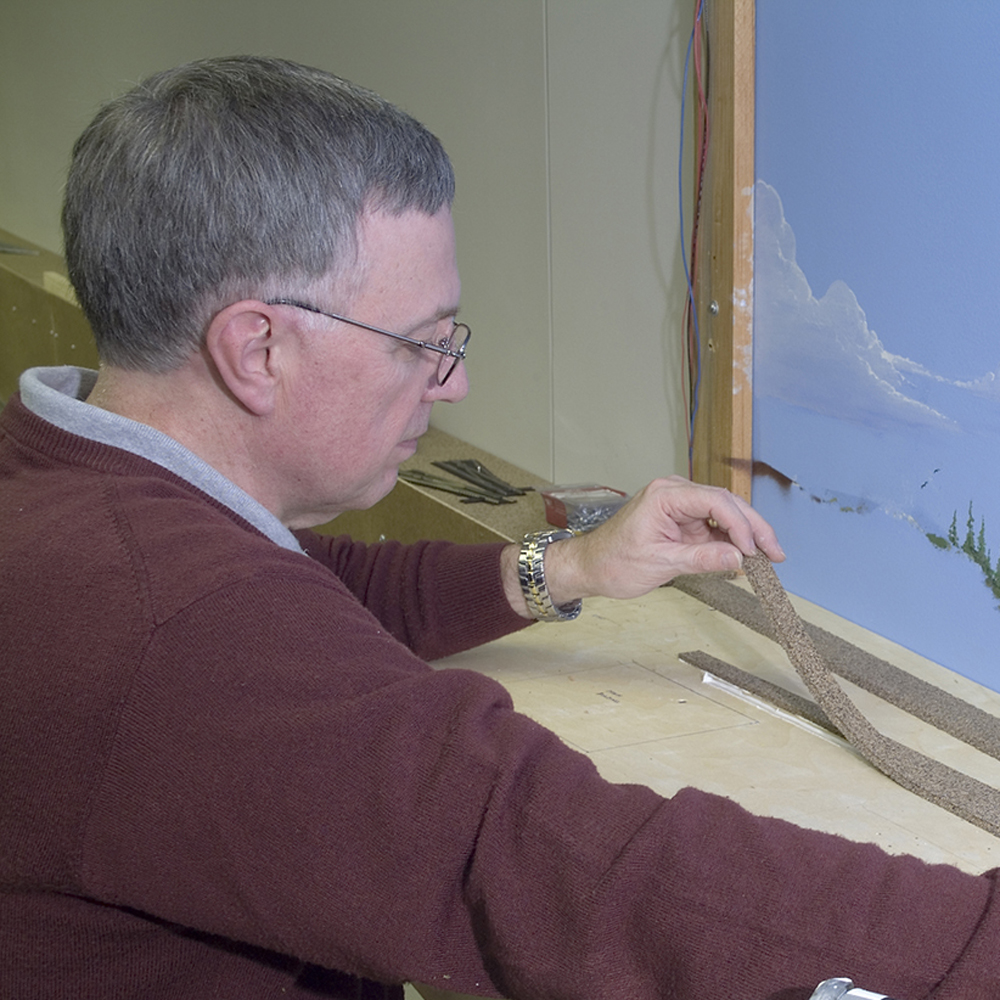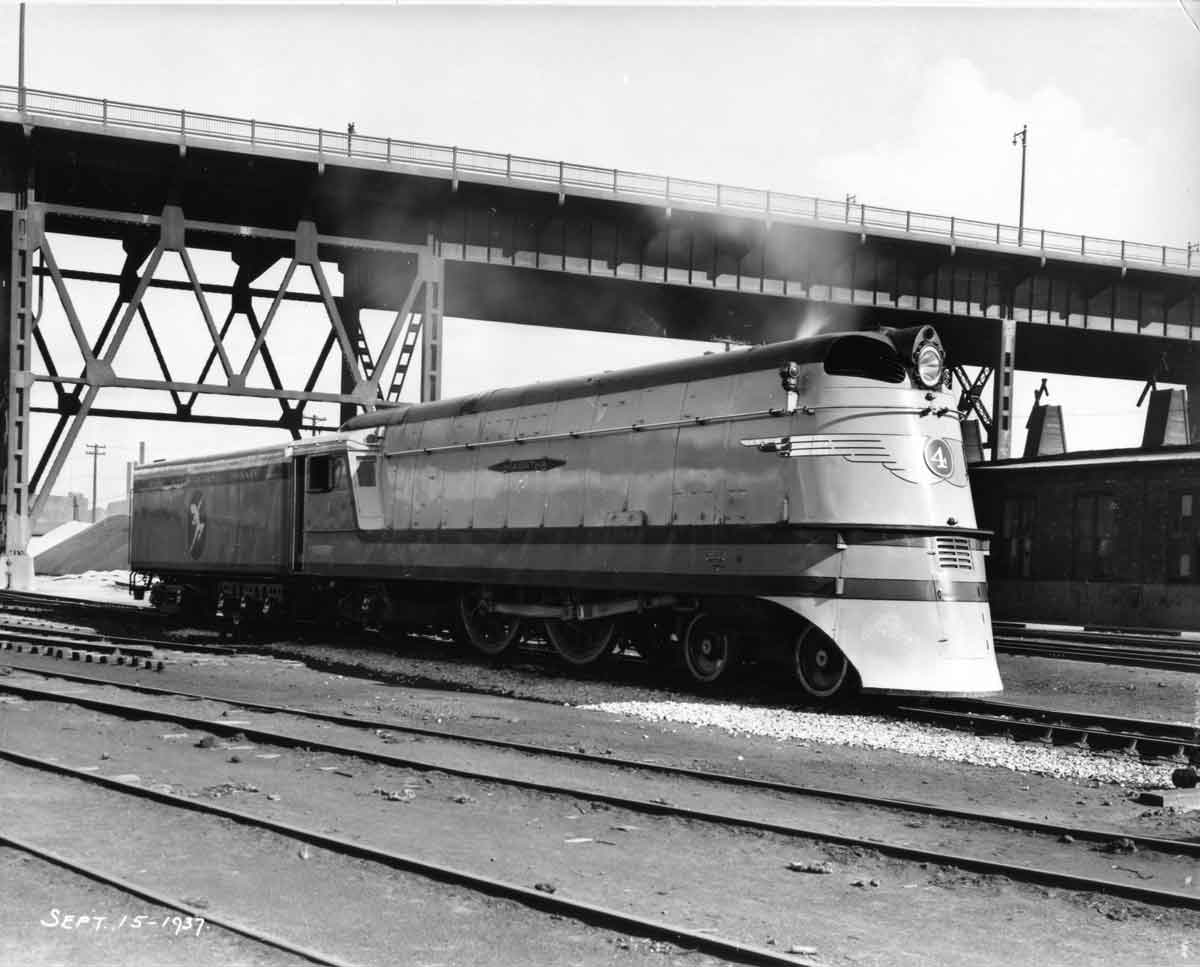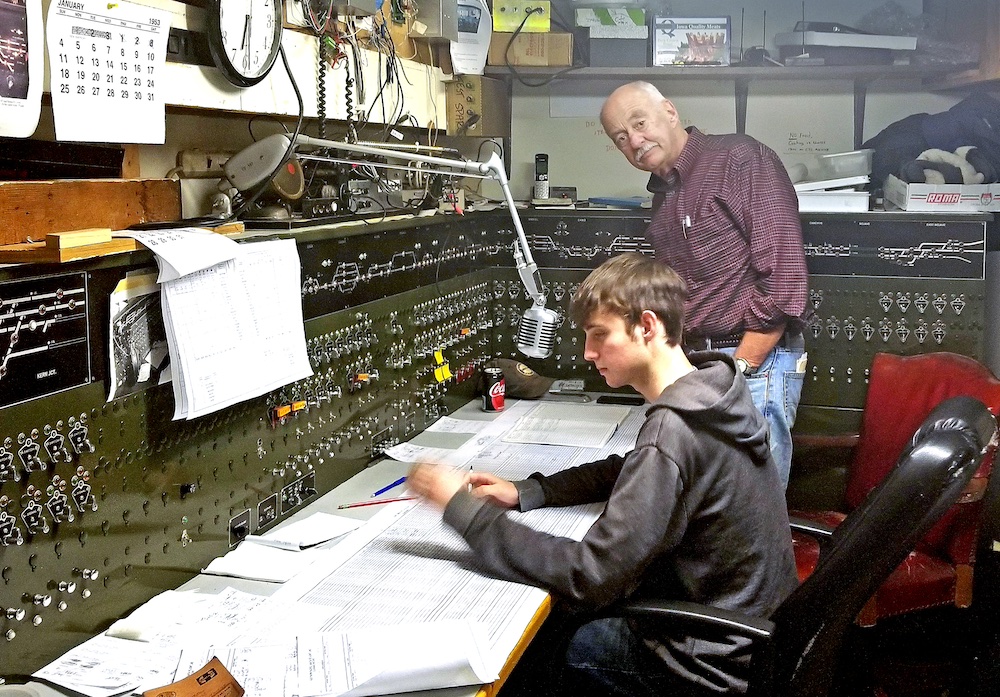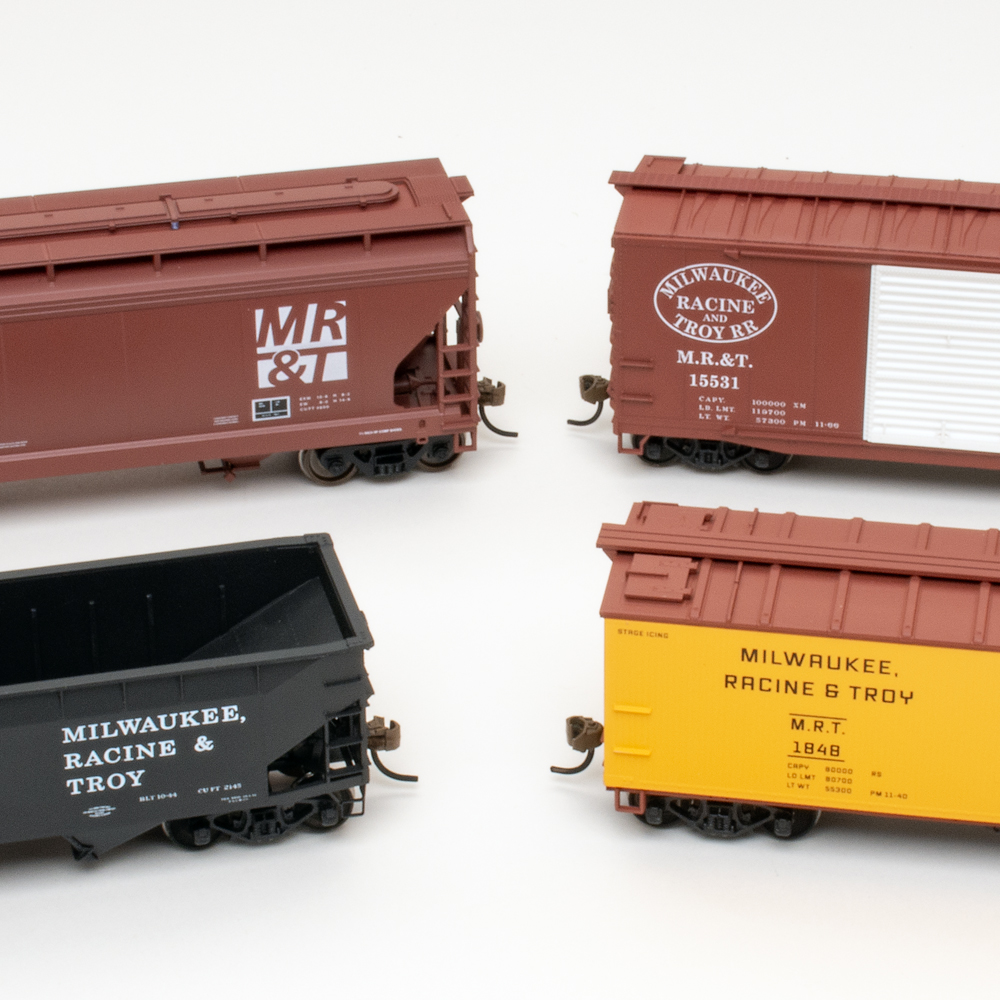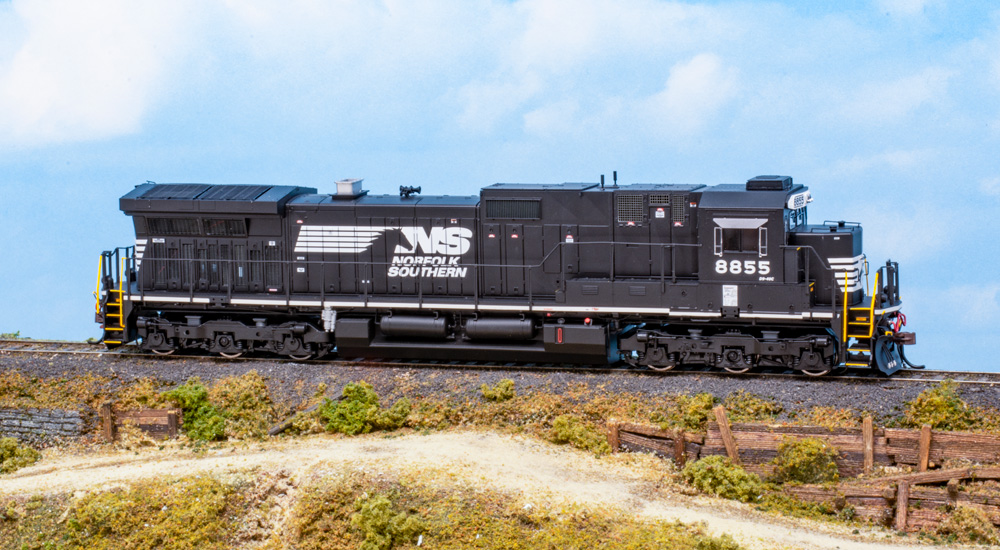
Q: Interesting article on removing the flanges from steam locomotive drivers. So, what about those long diesel engines like the General Electric C44-9W or EMD’s FP45s or SD40? Could removing flanges from diesel wheels help my HO scale Athearn Blue Box diesels go around 19” radius curves? If so, the question becomes what’s the easiest way to remove those flanges without a lot of time and effort? – Jim Myrhum
A: I still wouldn’t recommend it. In fact, I’d recommend removing flanges from diesel wheels even less than I would from steam locomotive drivers, and for the same reason: If your locomotives won’t go around a tight radius curve, it’s not because of the middle axle’s wheel flanges.
You might have a case if you were talking about a 2-10-0 Decapod or 4-10-0 Mastodon steam engine. Many models of those locomotives come with flangeless, or “blind,” middle drivers, just as the prototype did, to help them handle tighter radius curves. But even the longest diesel trucks, like those on a GE Dash-9, don’t approach the wheelbase of those steam engines. Even the wheelbase of the four-axle trucks of an Electro-Motive Division DDA40X is only 17’-1.5”, not much longer than the drivers on a USRA Mikado.
It’s true that our models have to handle proportionally much tighter curves and sharper turnouts than their prototypes do. But they’re made to handle it. The center axle of a three-axle diesel truck (and sometimes other axles) are designed to have some side-to-side play in their bearings. This lets all the wheels stay on the rail on even the tightest curves. What’s more, unlike on a steam locomotive, the trucks themselves are mounted near the ends of a diesel’s frame, and can pivot.
What limits how tight of a curve a diesel can handle is how much those trucks can pivot. Since, as I said, model curves are proportionally much sharper than those on the prototype, the trucks on prototype diesels don’t have to pivot as much as those on our models. So on our models, under-frame details like fuel tanks, air tanks, end steps, battery boxes, draft gear, and more can get in the way of that wider swing. Model designers therefore often have to choose between fidelity to detail size, shape, and placement vs. making their trucks able to pivot enough to take 18” curves. The mechanical linkages between model trucks’ gear towers and their frame-mounted motors and driveshafts also can limit how much a truck can turn. That’s usually the limiting factor on the track curvature a diesel can handle. Ultimately, removing flanges from diesel wheels won’t improve that.
Send us your questions
Have a question about modeling, operation, or prototype railroads? Send it to us at AskTrains@Trains.com. Be sure to put “Ask MR” in the subject.






